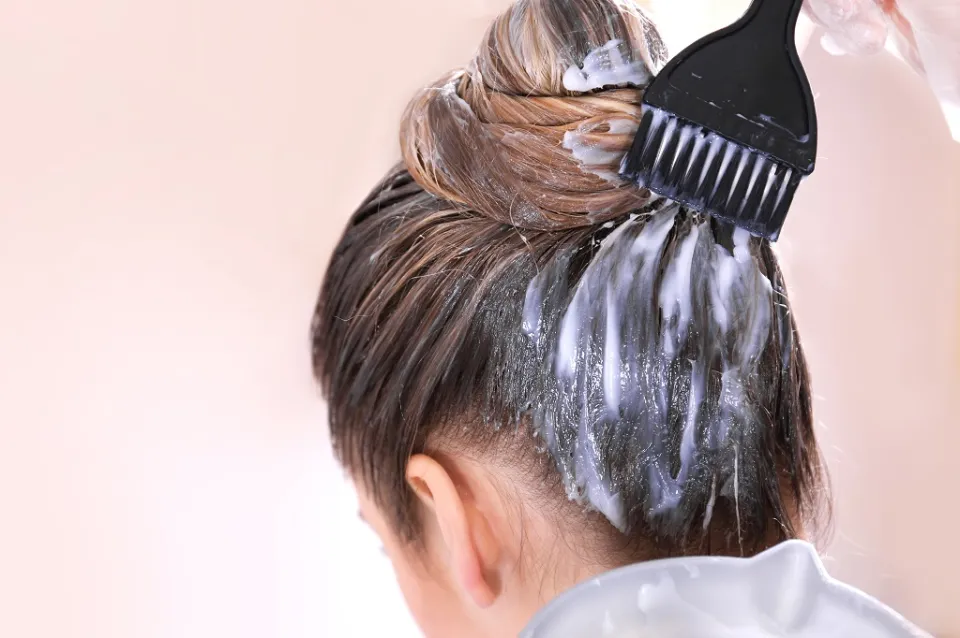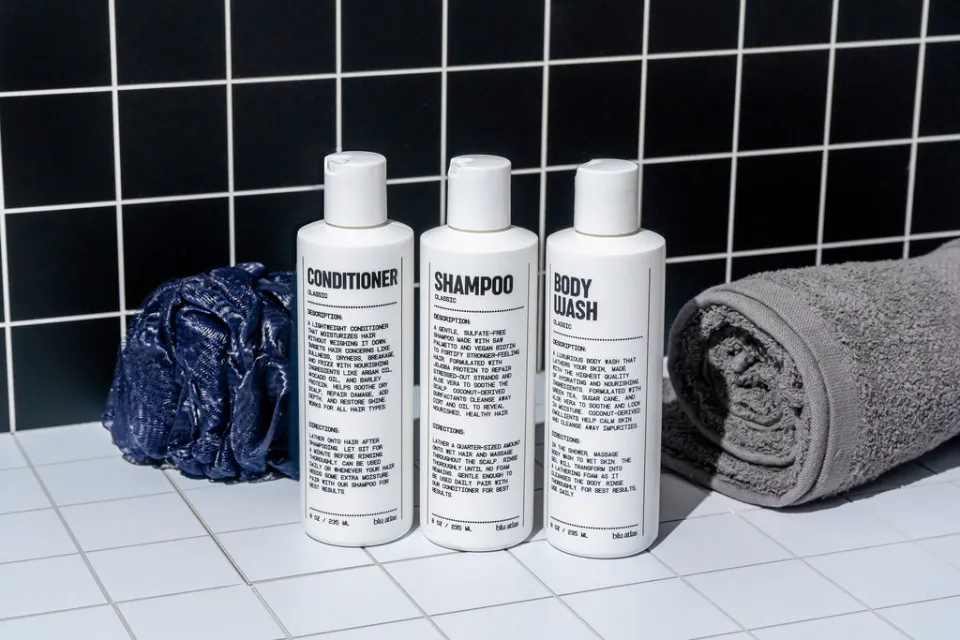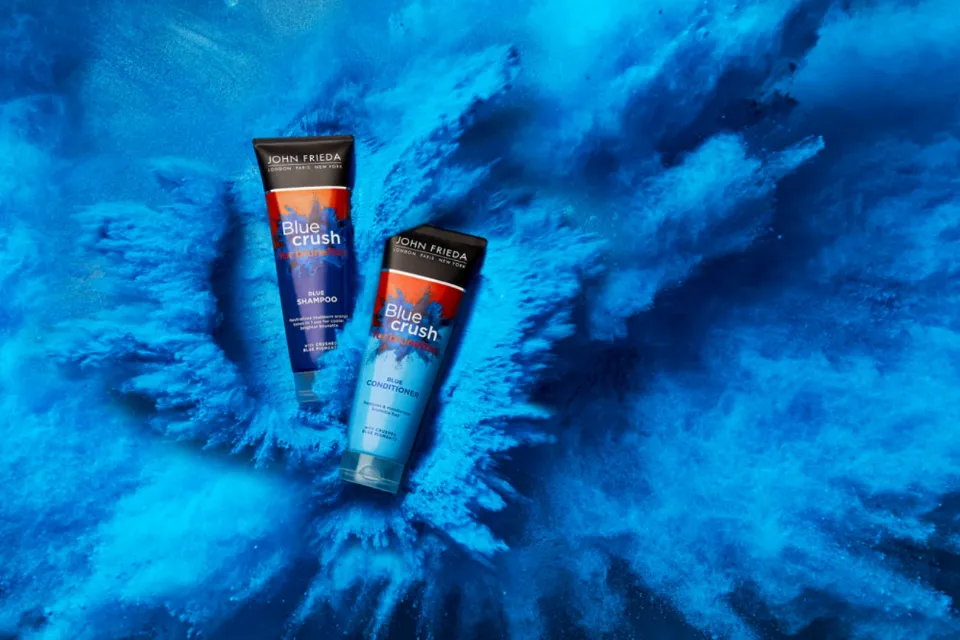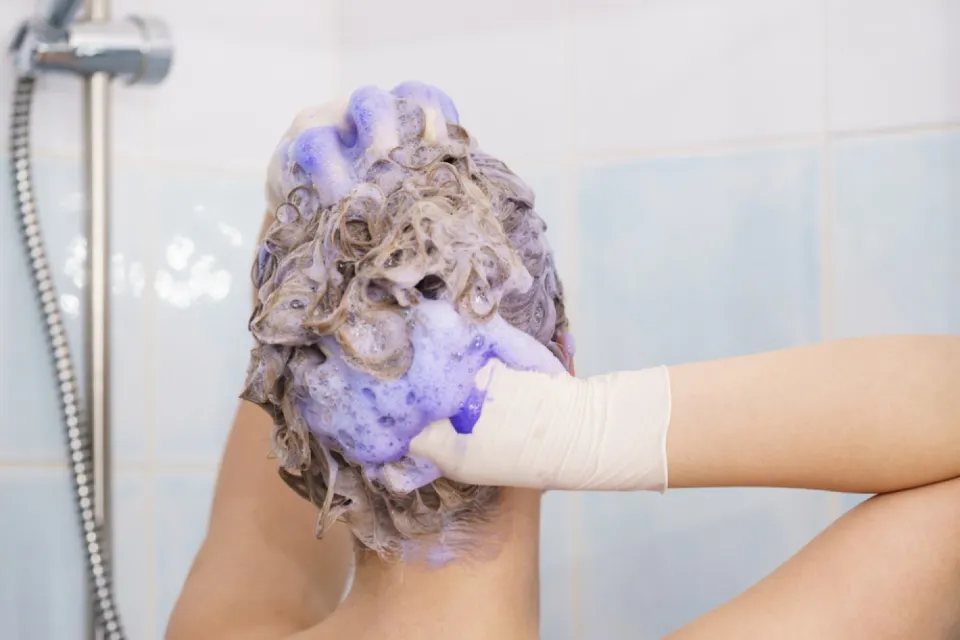Does hair dye kill lice is a frequently asked question. There are limited studies on how hair dye affects lice, but anecdotal evidence suggests that hair dye may kill lice due to the chemical substances it contains.
For survival, lice need to consume human blood. They may remain on the scalp for up to 30 days. They produce three to five nits, or white eggs, every day.
Here is everything you need to know about how hair dyes affect head lice.
Does Hair Bleach Kill Lice?
So, will hair dye get rid of lice? Chemicals are present in hair bleach, including the oxidizer ammonium persulfate, which bleaches out hair color. Hydrogen and stearyl alcohol are also present.
These components might aid in killing lice on the scalp, but they are ineffective at getting rid of nits, much like dye.
How Hair Dye Affects Lice?
Hair dye comes in a wide variety of forms. Permanent hair dye is the kind that eliminates lice.
Ammonia makes up permanent dye. Ammonia is a chemical that is alkaline, corrosive, and emits an acrid gas. It might be the cause of why hair dye appears to work well at killing lice.
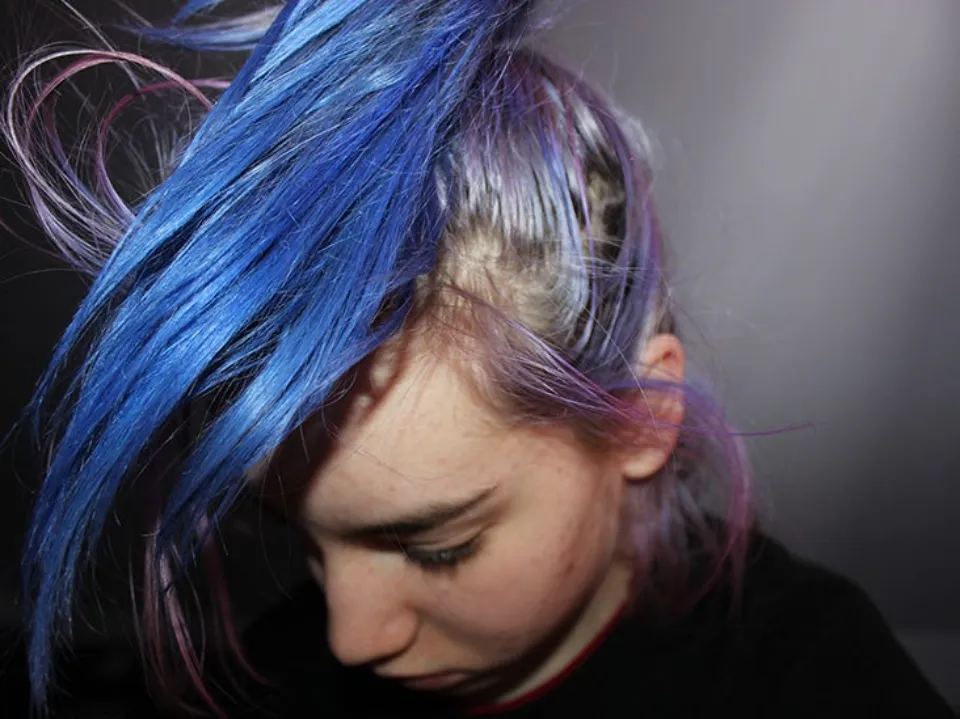
Hydrogen peroxide, which is used in more permanent hair dye formulations, may also have an impact.
For protection, nits are covered in a tough shell. This shell’s impermeableness and the natural glue-like substance holding the shells to the hair prevent hair dye’s chemicals from detaching them. Hair dye is therefore useless for getting rid of nits before they hatch.
Also Read: Can Hair Dye Cause Hair Loss?
How to Use Hair Dye to Kill Lice?
The following steps explain how a person can attempt to use hair dye to eliminate head lice:
- Make use of a lice comb to eradicate as many lice and nits as you can. By soaking the comb in extremely hot water between uses, you can thoroughly clean it.
- As ammonia can be unpleasant and dangerous to breathe, heed the instructions to mix the dye in a well-ventilated area.
- Apply the dye; cover every hair’s base, the base of the neck, behind the ears, and the scalp.
- Leaving the dye on for the advised period of time, then rinsing as directed.
- Repeat the lice comb through-through of the hair.
- To possibly help kill any remaining lice, dry hair at a high temperature.
Other Lice Treatments
There are almost as many at-home lice treatments as there are lice in a typical infestation. Before you find the one that works best for you, you might need to experiment with a few.
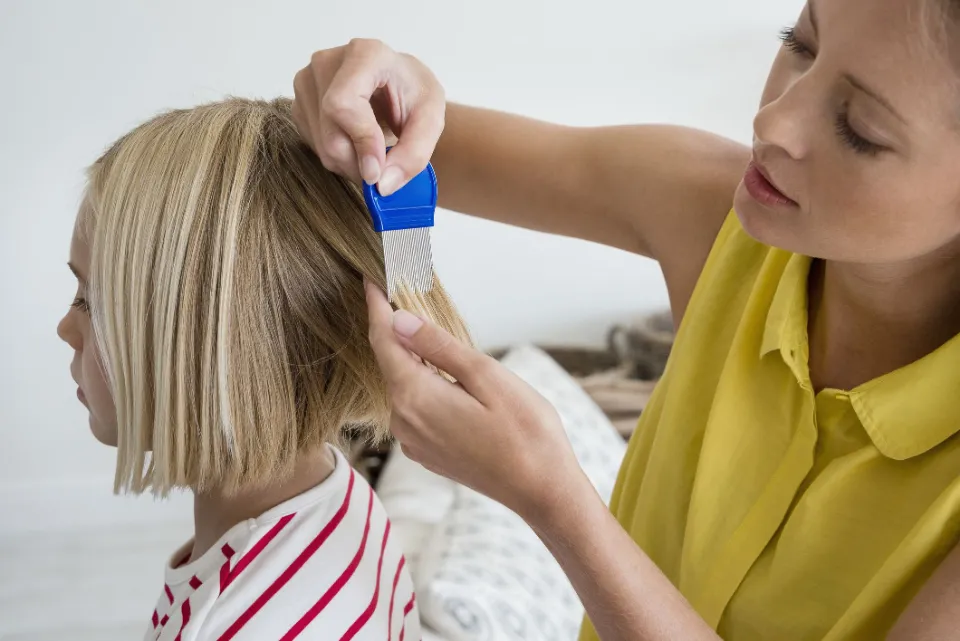
Like many insects, some lice are developing resistance to some time-tested remedies, including stearyl alcohol and medicated shampoos. The manual removal of lice and nits using a fine-toothed lice comb is a requirement for all at-home treatments.
Some common treatments include:
- Insecticides are used in different ways in over-the-counter lice removal kits like Nix, some of which may not be safe for infants, toddlers, young children, pregnant women, or women who are nursing. If you have any concerns, consult a doctor; otherwise, follow the instructions on the package.
- Lice may be suffocated by applying mayonnaise or olive oil to the scalp. You must apply these ingredients to the hair for 24 to 48 hours while wearing a shower cap in order to use this folk remedy, which hasn’t been scientifically proven to work. After treating the scalp, you might find it helpful to braid long hair or pin it up.
- Despite not having a scientific basis for its efficacy, coconut oil is safe and natural. Use it after treating your hair with a vinegar solution to increase effectiveness.
- Lice may be repelled by essential oils like peppermint, lavender, or rosemary. As a smothering treatment, you can experiment with diluted essential oils in a carrier oil.
Consult a doctor about possible prescription drugs if at-home remedies like Nix and diligent combing are ineffective.
How Long Does It Take for Hair Dye to Kill Lice?
Here are some pointers on how long to let the hair dye stay in before washing it out.
A minimum of 45 minutes should be given to the colorant if you have a lot of thick or coarse hair.
This will take less time for people with thin or fine hair; 20 to 25 minutes ought to be sufficient.
Use rubber gloves when applying the dye, and make sure to cover all surfaces with plastic sheets beforehand to prevent staining clothing and other items in your home.
By doing this, you’ll also prevent any unintentional spills on your arms and stains from wet hands on furniture.
Lice will not be able to attach themselves to your head as a result of the hair dye’s protective layer coating each strand of hair; as a result, they will perish within 24 hours.
Read More: How Long Does Semi-permanent Hair Dye Last?
Safety and Precautions of Using Hair Dye
The dye can cause life-threatening allergic reactions in addition to mouth and stomach irritability or injury if someone inadvertently swallows it. Additionally, eye exposure may result in issues ranging from minor irritability to vision loss.
When dyeing hair, a person should take safety precautions, such as:
- using disposable gloves, which often come with the dye product
- avoiding touching the eyes and mouth when handling hair dye
- not dyeing eyebrows or eyelashes with hair dye
In order to treat lice, experts advise against using bleach or hair dye on children’s hair. Hair dye can harm adult hair, but because children’s hair is usually thinner and more delicate, it is even more likely to harm it. Chemical reactions to the scalp, eyes, airways, and hair may also be more common in children.
Takeaway: Does Hair Dye Kill Lice?
Hair dye and bleach haven’t been scientifically proven to kill lice. However, anecdotal evidence indicates that they may be effective. Nits, which are the lice eggs, cannot be killed by them.
Wearing gloves and dying one’s hair in a well-ventilated area are two examples of safety measures that should be taken. This is because if the dye is swallowed, inhaled, or gets into the eyes, it can have negative effects and result in serious problems.
There are probably more effective methods of lice removal. Use a lice comb to get rid of any remaining lice and nits if you want to try using hair dye or bleach to get rid of lice. In addition, keep an eye out for any live or dead lice.
Also Read:
FAQs
What Kills Nits in Hair?
The FDA has approved permethrin lotion 1% for the treatment of head lice. When used as instructed, permethrin is both safe and efficient.
Does Hairspray Keep Lice Away?
Hairspray makes it harder for the louse to grab hold. The smell of hairspray and the solvents they contain (sad but true) can also discourage creepy crawlies from entering.
Can Lice Survive a Hair Straightener?
Lice and nits can’t survive the high heat. Lice and nits cannot survive temperatures higher than 113°F (45°C). Because of this, they are vulnerable to any heat source, including a hairdryer and the straightener’s plates.

